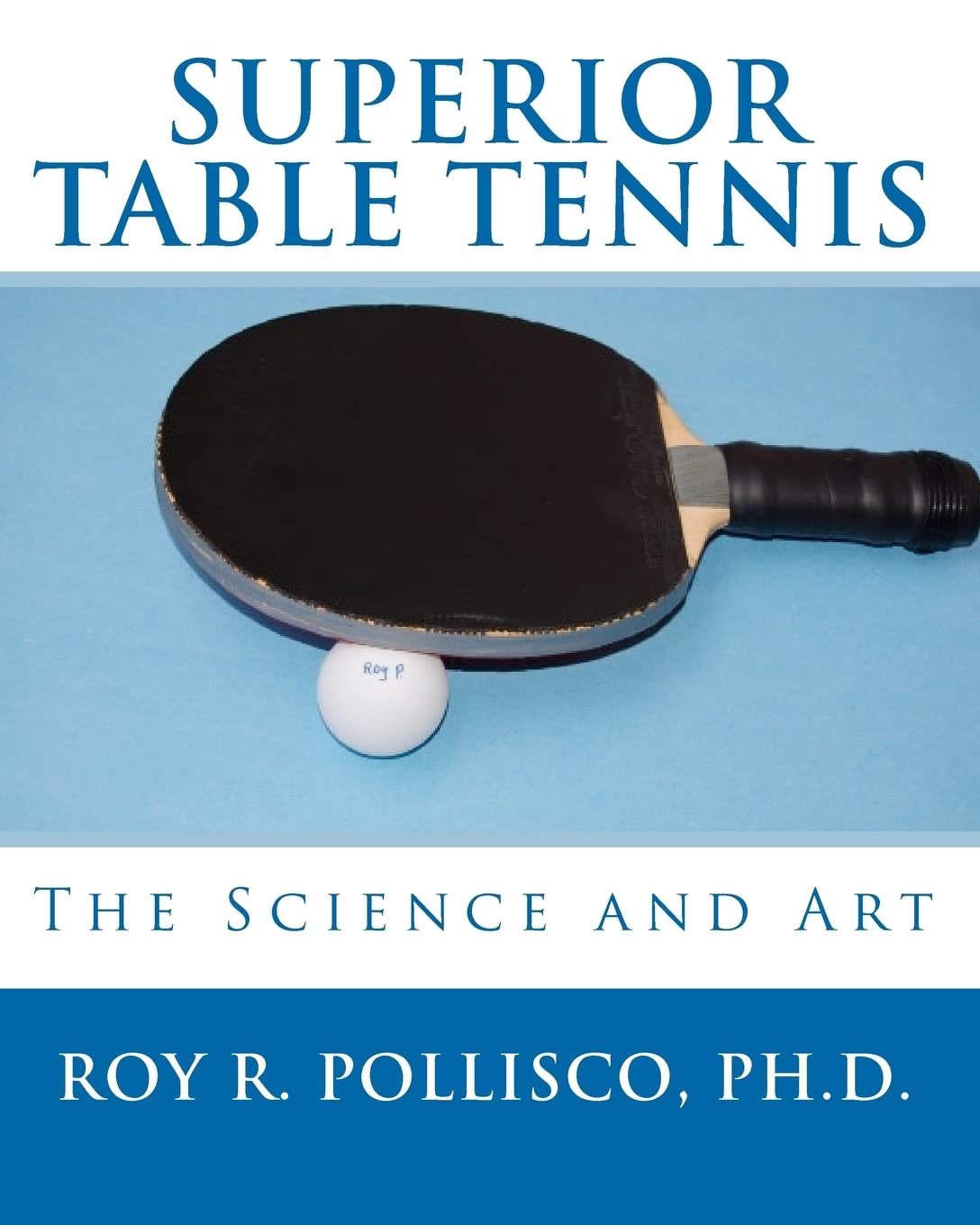kinetics linear, angular and lever help in table tennis
Here is a top to bottom investigation of how energy (direct, precise, and switch) helps in table tennis:
Direct Energy in Table Tennis
Direct energy concentrates on the movement of articles in straight lines.
Key Ideas:
1. Force: Racket-ball contact, player development.
2. Mass: Racket, ball, player.
3. Speed increase: Racket speed, ball speed.
4. Speed: Racket speed, ball speed.
5. Distance: Player development, ball travel.
Applications in Table Tennis:
1. Forehand and strike strokes: Straight movement of racket.
2. Serving: Straight movement of ball.
3. Footwork: Straight development of player.
Rakish Energy in Table Tennis
Rakish energy concentrates on rotational development.
Key Ideas:
1. Force: Racket revolution, ball turn.
2. Snapshot of latency: Racket, ball.
3. Precise speed: Racket revolution, ball turn.
4. Precise speed increase: Racket revolution, ball turn.
Applications in Table Tennis:
1. Circle and crush strokes: Precise movement of racket.
2. Turn age: Precise movement of ball.
3. Player revolution: Precise development.
Switch Frameworks in Table Tennis
Switch frameworks concentrate on basic machines that change power or movement.
Key Ideas:
1. Top notch switches: Racket point, wrist development.
2. Below average switches: Lower arm revolution, elbow development.
3. Second rate class switches: Shoulder pivot, body development.
Applications in Table Tennis:
1. Racket point and development: Switch framework.
2. Wrist and lower arm activity: Switch framework.
3. Body development and revolution: Switch framework.
Key Active Factors in Table Tennis
1. Racket speed and speed increase.
2. Ball speed and twist.
3. Player development speed and speed increase.
4. Stroke term and timing.
5. Point of occurrence and reflection.
Preparing Techniques
1. Opposition band preparing.
2. Plyometric works out.
3. Medication ball preparing.
4. Weightlifting and strength preparing.
5. Dexterity and speed drills.
Appraisal and Investigation
1. Movement catch frameworks.
2. Video examination programming.
3. Force plates.
4. Electromyography (EMG).
5. Kinematic examination.
Commonsense Applications
1. Biomechanical investigation of strokes.
2. Injury counteraction and recovery.
3. Practice program plan and movement.
4. Sports execution upgrade.
5. Development design acknowledgment.
Contextual investigation: Motor Examination of Forehand Stroke
1. Straight energy: Racket speed, ball speed.
2. Rakish energy: Racket revolution, ball turn.
3. Switch frameworks: Racket point, wrist development.
Energy (straight, precise, and switch) assumes a fundamental part in table tennis, improving comprehension we might interpret strokes, development, and execution. By applying dynamic standards, mentors and players can upgrade preparing strategies, forestall wounds, and make progress.
Future Exploration Headings:
1. Explore active contrasts among world class and sporting players.
2. Foster customized motor preparation programs.
3. Investigate motor examination in table tennis-explicit wounds.
4. Incorporate energy with other execution investigation devices.



Comments
Post a Comment